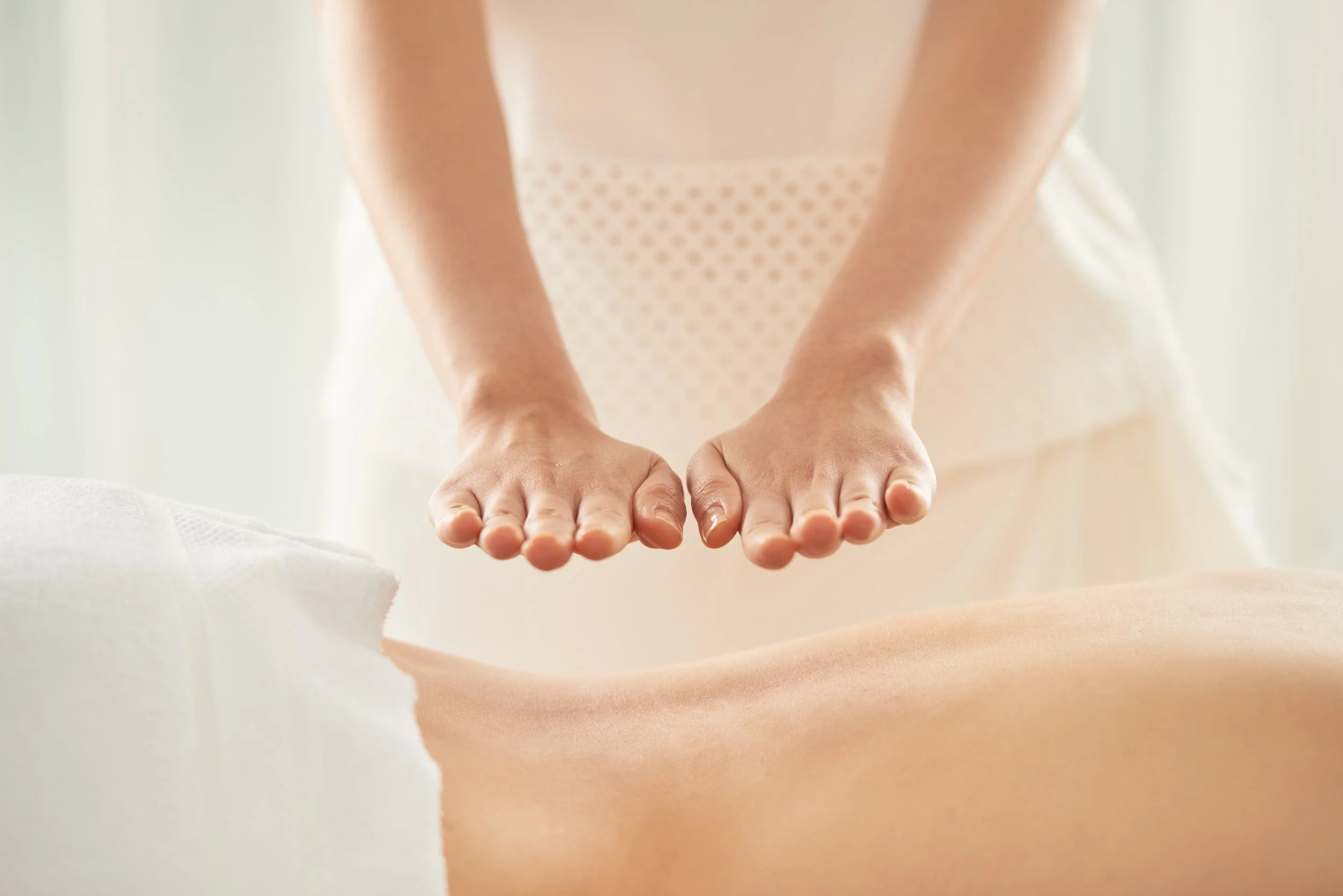What is Reiki Healing?
When we commit to our healing journey, we learn how to transcend our fears and dissolve hesitations. We also become open to so many wonderful gifts that life has to offer. Reiki can assist in this commitment to healing.
Reiki is based on the knowledge that vital energy flows through the body. Reiki practitioners use gentle touch to promote healing and balance by placing their hands gently on or just above their clients' bodies.
Healing with Reiki is extremely effective. Many people describe its effects as relaxing, calming, and helpful for relieving stress. In order to truly understand the benefits of Reiki, one must experience it for themselves.
The History of Reiki
In the 1920s, a Japanese doctor named Dr. Mikao Usui developed Reiki. The Japanese words "Rei" and "ki" mean universal and energy, respectively. The Reiki healing system was founded on symbols and mantras discovered by Dr. Mikao Usui. His awareness and strict meditation practice led him to discover the meaning and use of the symbols, thus establishing the Usui System of Reiki. Usui Reiki's origins can also be seen in ancient Buddhist scriptures.
The Universal Life Force
Reiki is the Universal Life Force Energy. Essentially, it is the power that acts and lives in everything created. The Universal, boundless aspects of energy, and KI means the vital Life Force Energy flows through all beings. In fact, The Universal Life Force is the energy of life itself, and everyone is born with it.
During a healing session, this Universal Life Force Energy is channeled and used for healing. Universal Life Force Energy is channeled and received by the Reiki practitioner through the Central Channel of the body. This energy extends outward through the practitioners palms, and then is transferred to the client.
Reiki’s Uses
A variety of conditions have been treated with Reiki, including anxiety, depression, and pain. As a complementary treatment, it can be used alongside traditional Western or modern medical treatments. Reiki is most commonly used for relaxation and treatment of the body, mind, and spirit. Reiki can also be incorporated into a healing session as a part of a non-traditional massage.
Reiki Healer
A Reiki practitioner undergoes an attunement process, otherwise known as an initiation, performed by a Reiki Master. As part of the attunement or initiation process, energy centers, known as chakras, are opened up, allowing the Reiki healer to channel the Universal Life Force Energy.
In the initial attunement, the Reiki Master unblocks and clears the newly initiated Reiki healer so the practitioner becomes clear of any blocks that prevent them from receiving the highest amount of Life Force Energy, The Reiki healer can then practice channeling Universal Life Force energies to other living beings.
Energy Healing
The source of Reiki energy healing is the Universal Life Force and it is derived from the Divine. Natural healing techniques like massage and reiki complement each other as energy healing techniques. A Reiki attuned massage therapist can address the body's range of energetic healing needs through both Reiki and massage techniques. During a massage, Reiki's healing energy can penetrate the body's tissues. Energy healing can also be incorporated into a massage to treat past and present trauma.
Reiki and Chakra Balancing
An energy healing technique called chakra balancing channels energy into each chakra. Problems can arise when the chakras are blocked. However, a balanced and open chakra system makes us feel grounded and secure on both a physical and emotional level. It is possible to balance chakras with Reiki. This is due to the Ki (the Japanese term that refers to the energy in the Reiki system) coming in two forms: healthy and unhealthy. An unblocked, free flow of Ki through the chakras is considered healthy. A Reiki practitioner is trained to channel Ki through the chakras and balance the energies as needed. In a Reiki session, the practitioner will remove blockages to restore their client's chakra system to a healthy balance.
Reiki Session
Reiki involves a trained practitioner placing their palms on or just over different body parts that correspond to various energy hubs. This is done while the client lies on a massage table fully dressed. A Reiki practitioner may position their hands in as many as fifteen different ways during a session. By feeling the energy flowing through their hands, the Reiki practitioner determines how long they should leave their palms in each spot. Placement of the hands should never be intrusive or inappropriate, nor should firm pressure be applied.
A Reiki practitioner does not massage, press on, or manipulate the client's joints even though the client is resting on a massage table. Throughout the Reiki session, the practitioner simply uses gentle touch to guide energy. Usually, clients feel heat, tingling, or pulsing where the Reiki practitioner's hands are. There are some people who get so relaxed during a Reiki session that they fall asleep.
Reiki does not provide diagnoses. So Reiki practitioners make common sense suggestions for after-care. Common suggestions include drinking water and listening to the body for guidance.
It is common for people to feel refreshed after a Reiki session, but they may feel more tired in the evening than usual. Rather than being viewed as an adverse reaction, this is the body's natural healing response. Reiki often results in a feeling of calm and mental clarity, as well as a good night's sleep.
What is the recommended number of Reiki sessions?
A series of sessions may be recommended by a Reiki healer. Four sessions is a traditional recommendation that gives Reiki recipients time to evaluate the benefits they are receiving from their sessions. Discuss the best way to space Reiki sessions based on individual needs and schedule with a practitioner.
Reiki healers sometimes recommend scheduling the four sessions over four days when faced with a serious health challenge. It is recommended (but not entirely necessary) for them to be administered by the same healer. You can ask a doctor if they know of any experienced and ethical Reiki healers since Reiki is also used in hospitals and hospices.
Prismatic Healing offers massage services
Want to experience the benefits of Reiki for yourself? Contact Amber Renee at
Prismatic Healing for a variety of healing services. In addition to Reiki, Amber offers therapeutic massages and reiki massages, she also offers psychic reiki healings and intuitive tarot readings.


